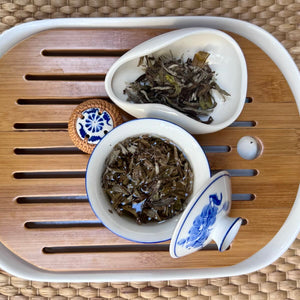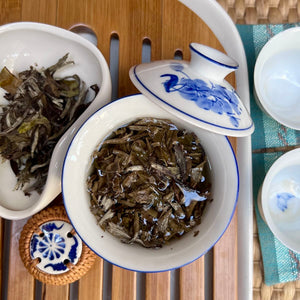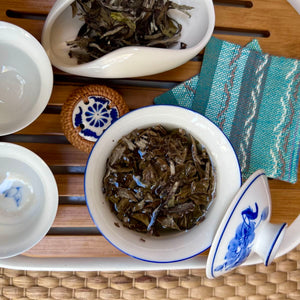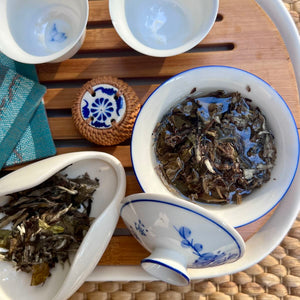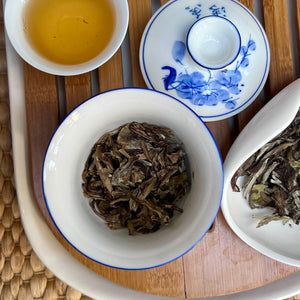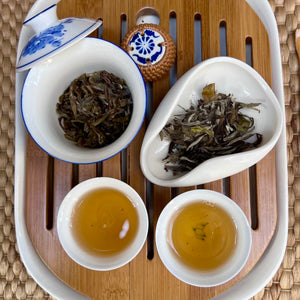
Bai Mu Dan 2017
Tax included
Shipping calculated at checkout
In stock
Pickup currently unavailable
The 2017 Bai Mu Dan, also known as “White Peony”, is an exceptional white tea from the Fujian province of China. This tea is highly regarded by tea lovers for its rich flavor and sophisticated aroma.
Flavor
The 2017 Bai Mu Dan has a complex and harmonious flavor profile. The tea brew is dominated by aromas reminiscent of wildflowers, complemented by delicate fruity notes. Thanks to the aging, the flavor has acquired deeper, sweeter tones, with a slightly honeyed character. When sipping, a slight citrus freshness can also be detected, which balances the natural sweetness of the tea. This combination provides a unique experience for all tea lovers.
History
Bai Mu Dan tea was first produced in the early 20th century in Fujian Province, China. It is named after the peony flower, whose delicate, elegant appearance and fragrance reflect the nature of the tea. The 2017 vintage was particularly favorable for tea production, so this tea is made from high-quality leaves that have undergone careful processing. The leaves are hand-picked and then naturally dried to preserve the freshness and aroma of the tea.
Preparation suggestion
When preparing the 2017 Bai Mu Dan, it is important to maintain the correct water temperature and steeping time to ensure the tea's full flavor is released. For best results, follow these steps:
Tea quantity : Use 5-7 grams of tea leaves for 150-200 ml of water.
Water temperature : It is ideal to use water at 70-80°C.
Steeping time : For the first infusion, let the tea steep for 2-3 minutes. For subsequent infusions, you can increase the steeping time to your liking.
Number of infusions : Bai Mu Dan can withstand multiple infusions, you can enjoy the changing flavors of the tea up to 3-5 times.
When preparing, it is worth considering your personal preferences and adjusting the water temperature, steeping time and amount of tea accordingly. With the right technique, the rich and complex flavors of the 2017 Bai Mu Dan will fully unfold, providing an unforgettable tea-drinking experience.
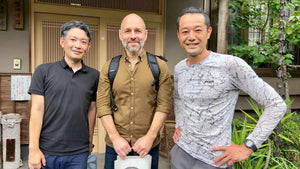
Personal contact
Our teas don't come from wholesale warehouses or unknown sources. We travel to the small producers we source from – whether it's a Japanese family tea garden, a Chinese mountain village or an oolong maker in Taiwan.
Stories
We meet them in person, learn their story, see how they care for their plants, and how they process the fresh leaves.
These experiences are the soul of our teas. This way, not only is the quality guaranteed, but also the fact that behind each cup there is a real person, a real story.
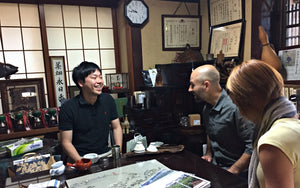

Direct
This direct relationship is valuable to us. Not only because of the excellent tea, but because we believe that trust, respect and personal presence are what make the tea drinking experience truly special.
Teavolution Tea Blog
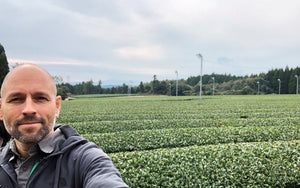
Oct 2, 2025
Sencha tea
Read more

Sep 21, 2025
Matcha hiány Japánban
Read more
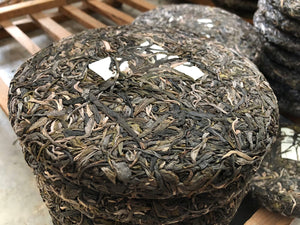
Mar 18, 2025
Puer tea, puerh or pu-erh
Read more
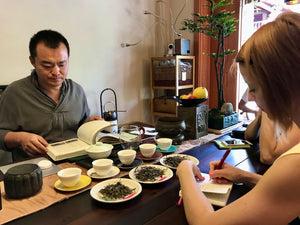
Mar 18, 2025
Types of tea
Read more
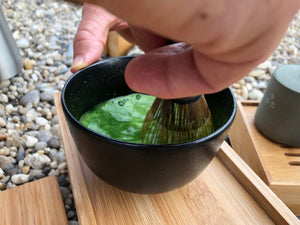
Mar 18, 2025
What is matcha tea?
Read more

Mar 18, 2025
Oolong tea (Wulong tea)
Read more

